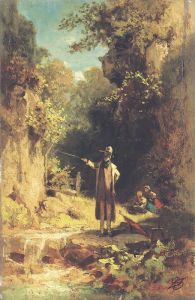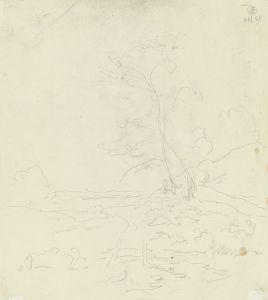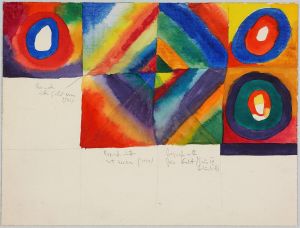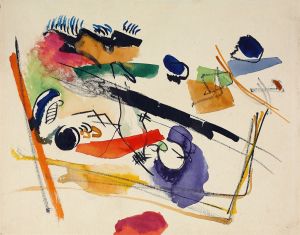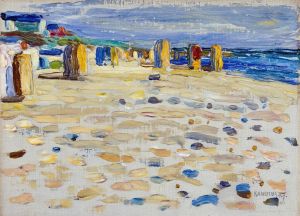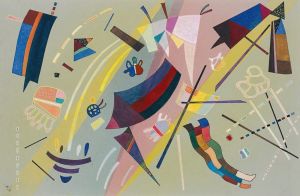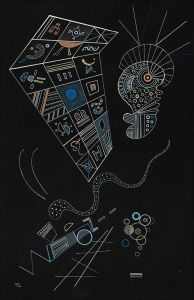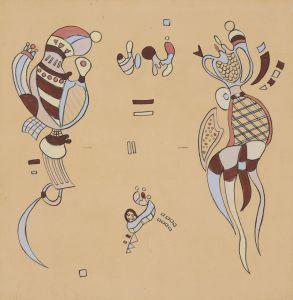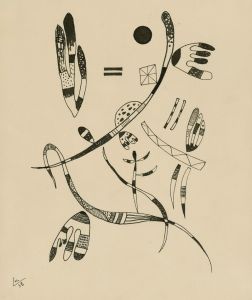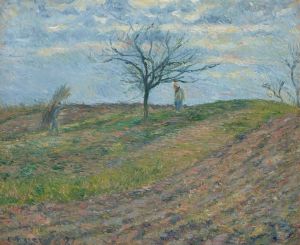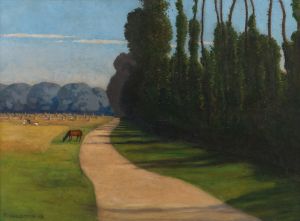
Green Lane in Murnau
A hand-painted replica of Wassily Kandinsky’s masterpiece Green Lane in Murnau, meticulously crafted by professional artists to capture the true essence of the original. Each piece is created with museum-quality canvas and rare mineral pigments, carefully painted by experienced artists with delicate brushstrokes and rich, layered colors to perfectly recreate the texture of the original artwork. Unlike machine-printed reproductions, this hand-painted version brings the painting to life, infused with the artist’s emotions and skill in every stroke. Whether for personal collection or home decoration, it instantly elevates the artistic atmosphere of any space.
"Green Lane in Murnau" is a painting by the renowned Russian artist Wassily Kandinsky, created in 1909. Kandinsky is often credited as one of the pioneers of abstract art, and his work during the early 20th century played a significant role in the development of modern art. This particular painting is a part of his Murnau period, a time when he was deeply influenced by the landscapes and vibrant colors of the Bavarian town of Murnau, where he spent several summers.
During his time in Murnau, Kandinsky was part of a group of artists known as the "Neue Künstlervereinigung München" (New Artists' Association of Munich), which included notable figures such as Gabriele Münter, Alexej von Jawlensky, and Marianne von Werefkin. The group was instrumental in the transition from traditional representational art to more abstract forms, and Kandinsky's work from this period reflects this shift.
"Green Lane in Murnau" exemplifies Kandinsky's exploration of color and form. The painting features a vibrant palette, with bold greens, blues, and yellows dominating the composition. The use of color in this work is not merely representational but serves to convey emotion and mood, a hallmark of Kandinsky's style. The landscape depicted in the painting is characterized by simplified forms and a lack of detailed representation, which suggests Kandinsky's move towards abstraction.
The influence of Fauvism and Post-Impressionism is evident in "Green Lane in Murnau," as Kandinsky was inspired by the works of artists like Henri Matisse and Vincent van Gogh. The emphasis on color as an expressive tool and the departure from realistic depiction are key elements that Kandinsky adopted and further developed in his own unique style.
Kandinsky's time in Murnau was also significant for his personal life. He shared a close relationship with fellow artist Gabriele Münter, and their collaboration and mutual influence are evident in their works from this period. The landscapes of Murnau, with their rolling hills and picturesque scenery, provided a rich source of inspiration for both artists.
"Green Lane in Murnau" is an important work in Kandinsky's oeuvre as it marks a transitional phase in his artistic journey. It bridges the gap between his early representational works and his later, more abstract compositions. This painting, along with others from the Murnau period, laid the groundwork for Kandinsky's subsequent development of abstract art, which would culminate in his seminal works such as "Composition VII" and "On White II."
Today, "Green Lane in Murnau" is celebrated for its innovative use of color and form, and it remains a testament to Kandinsky's pioneering spirit and his contribution to the evolution of modern art. The painting is housed in various collections and continues to be studied and admired by art enthusiasts and scholars worldwide.





